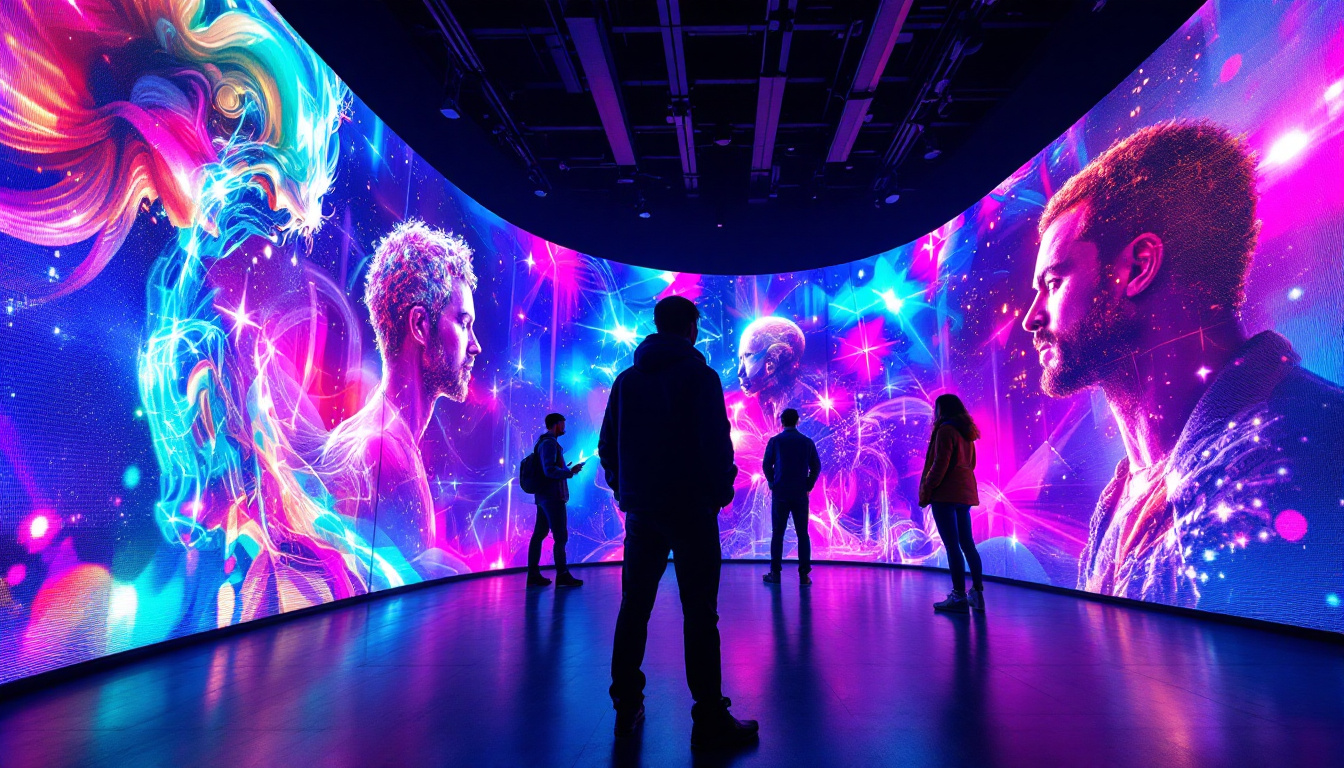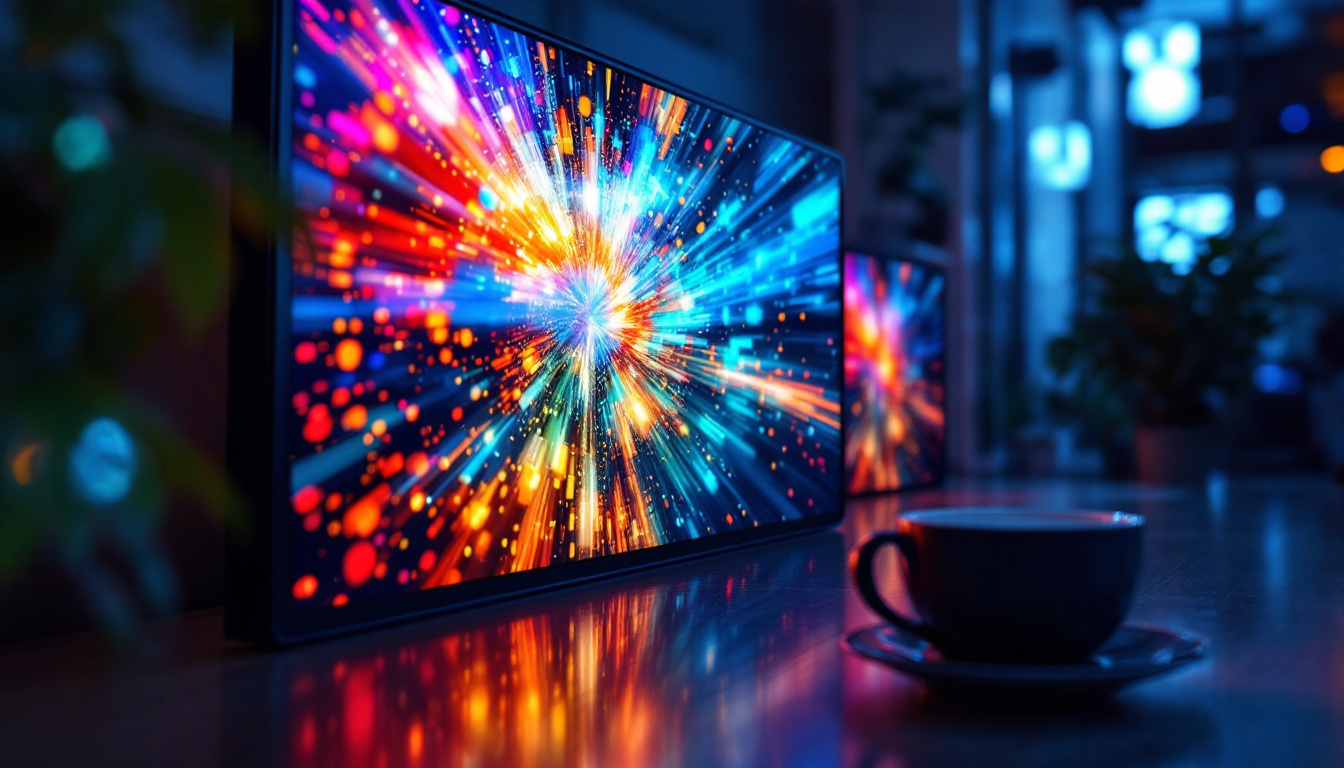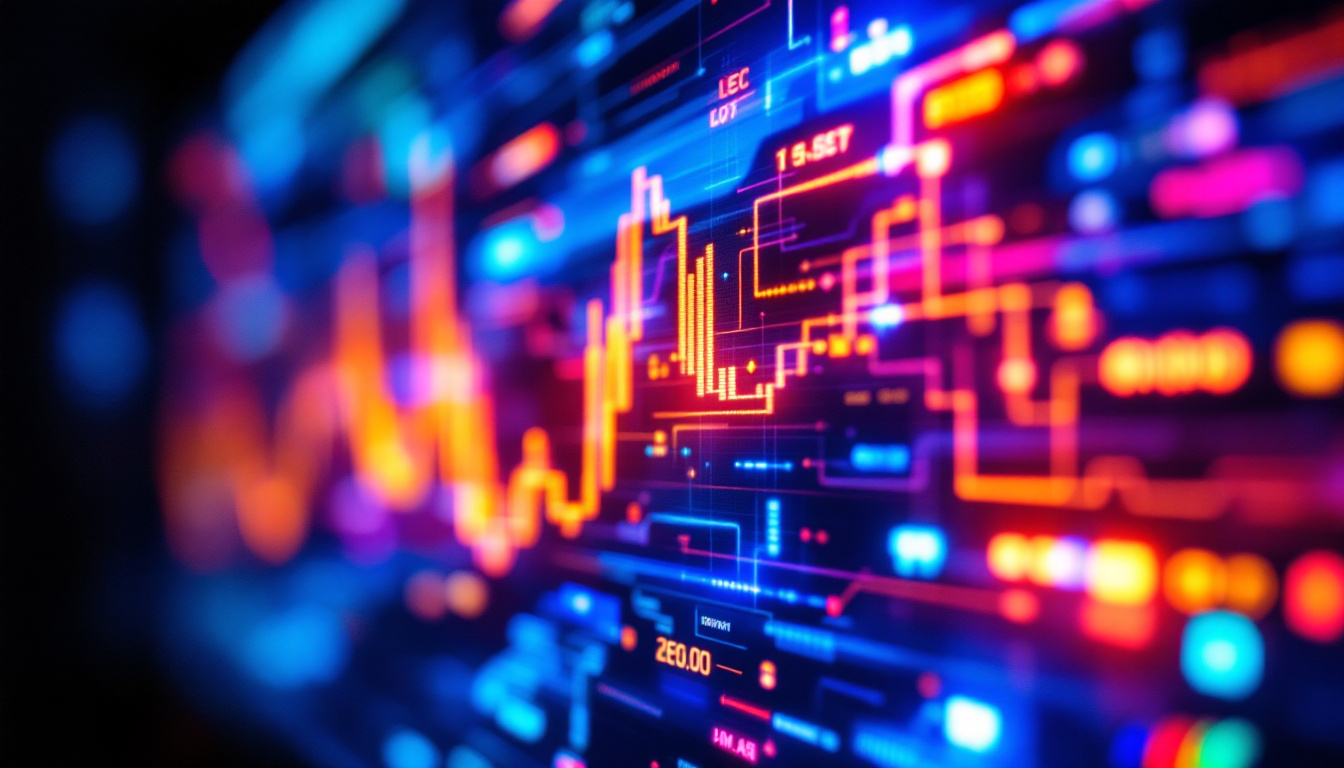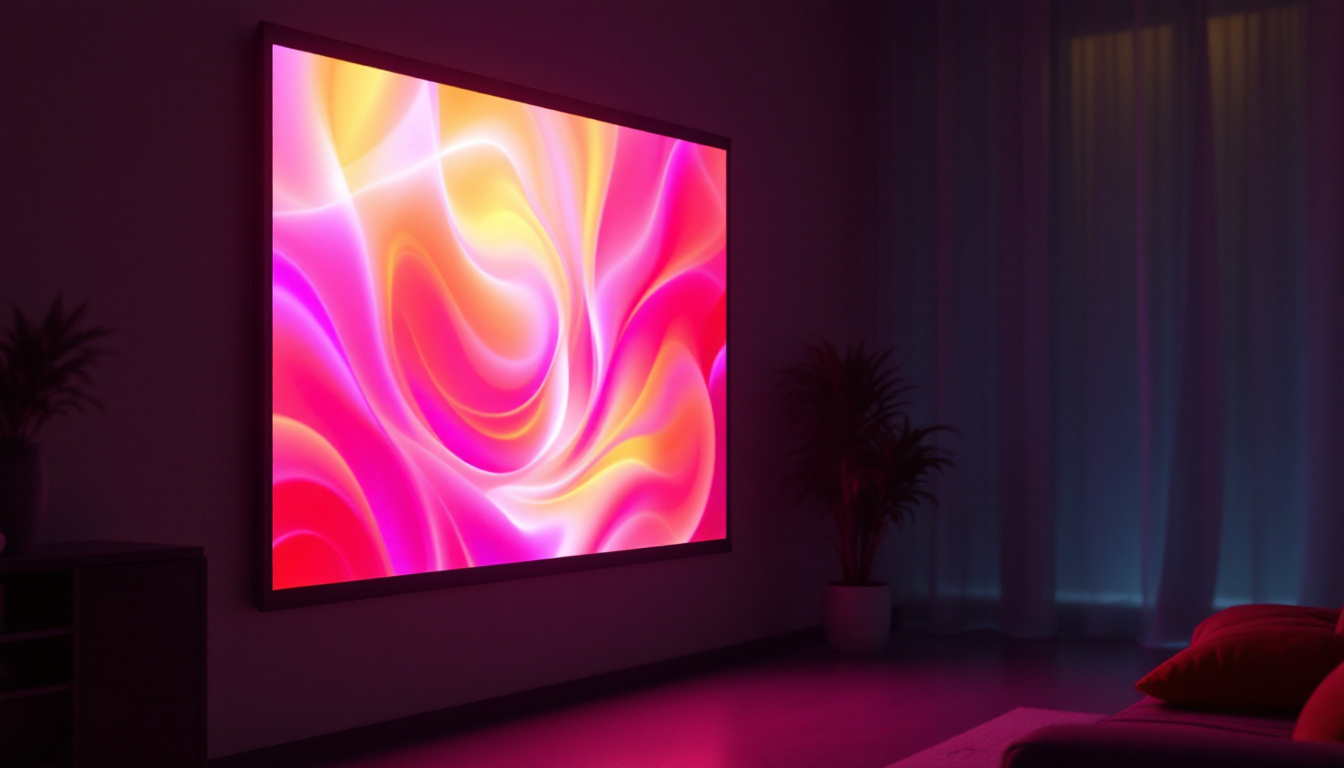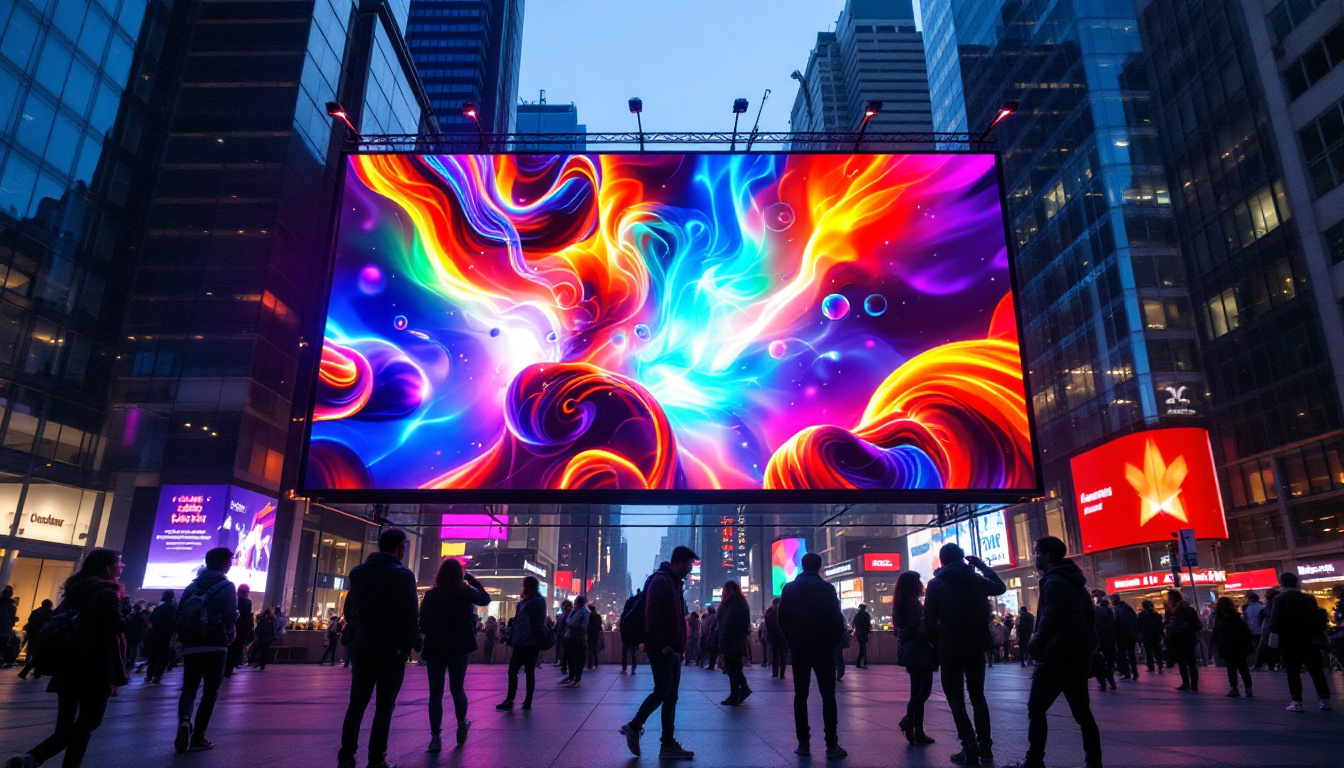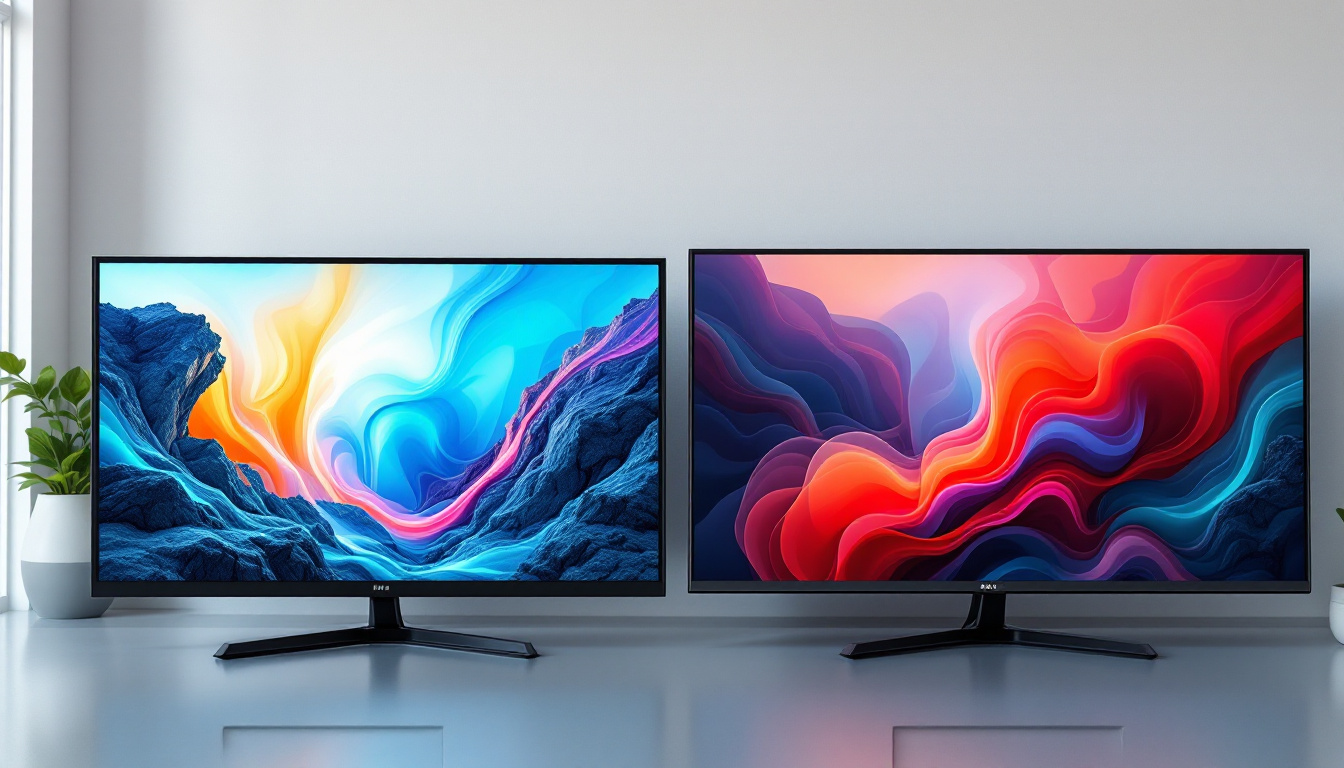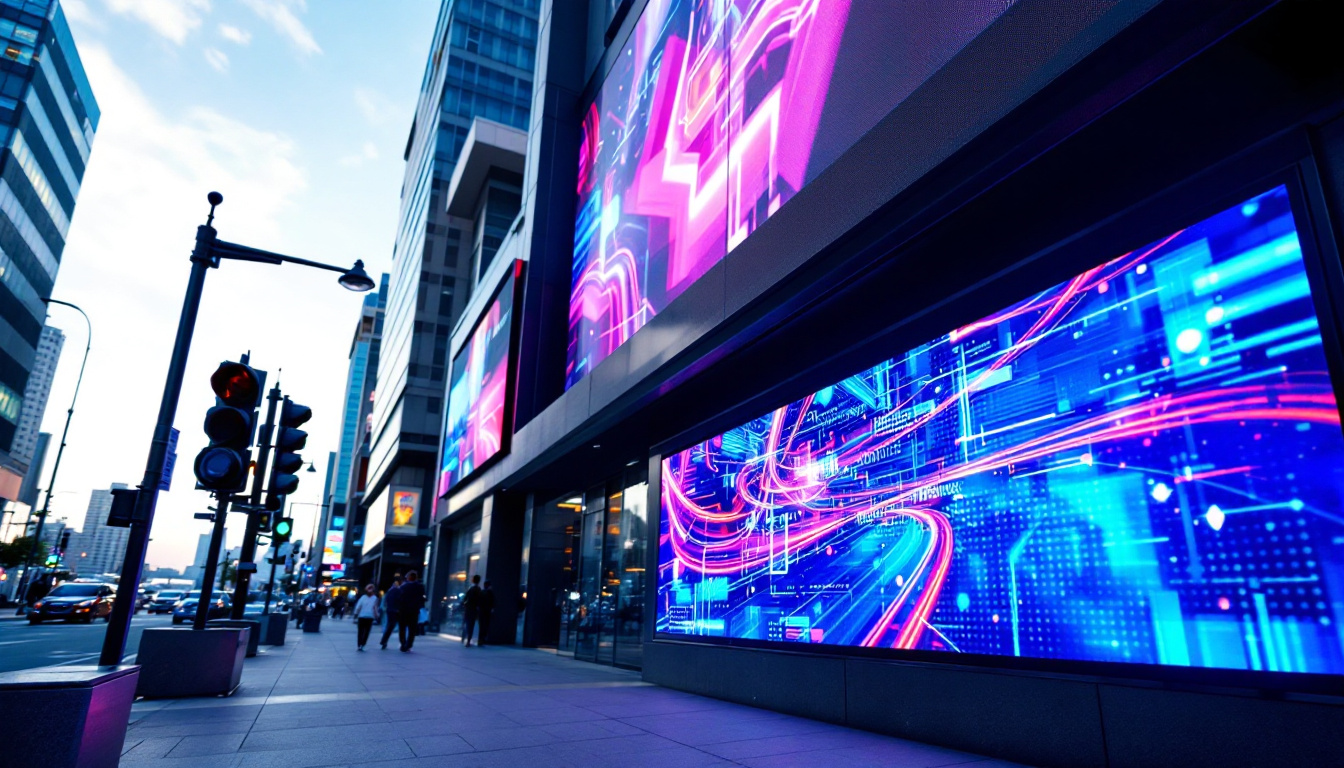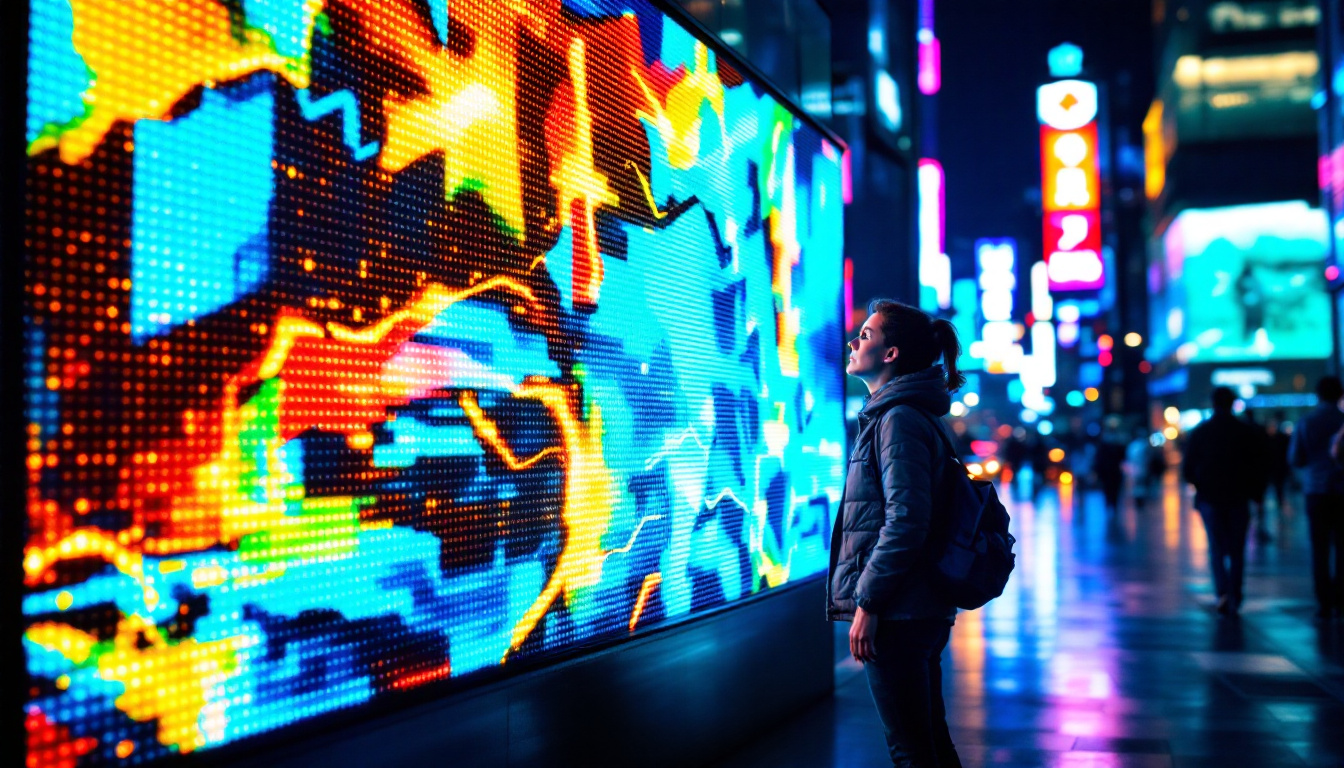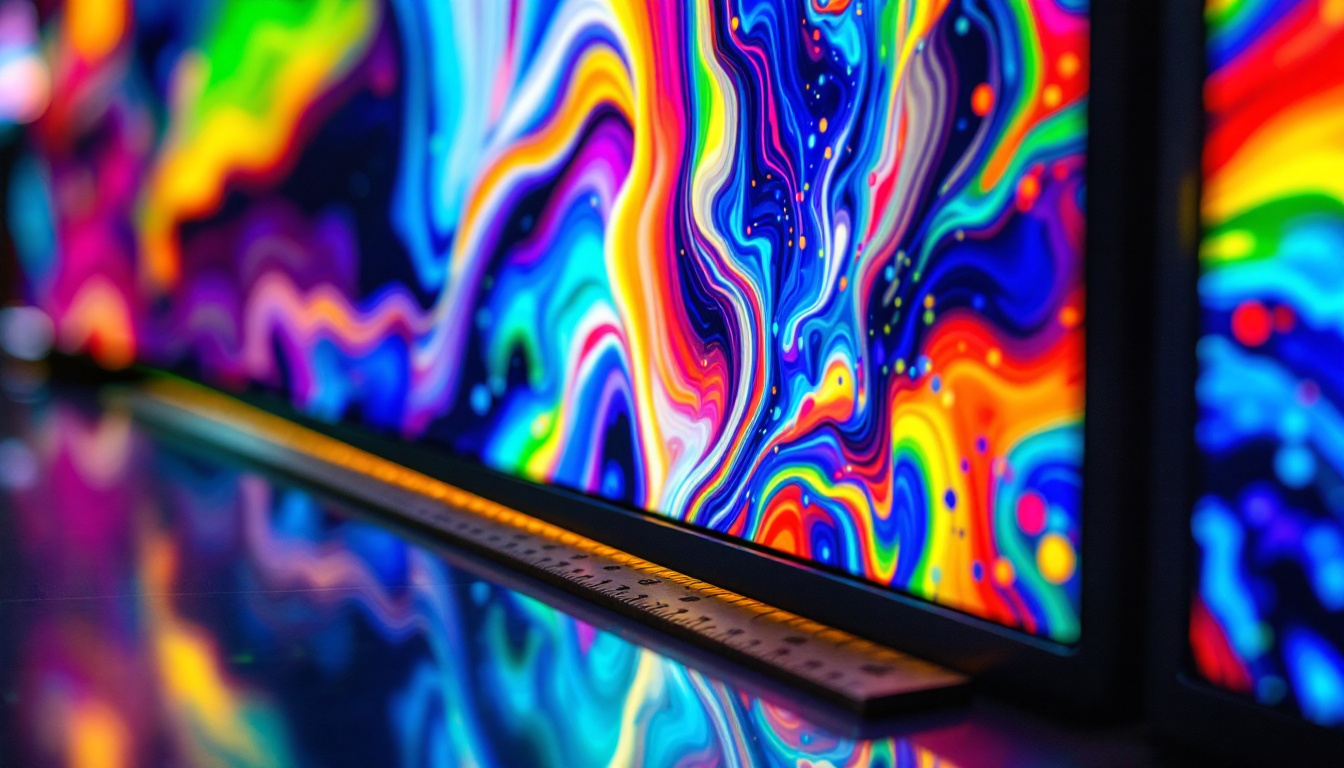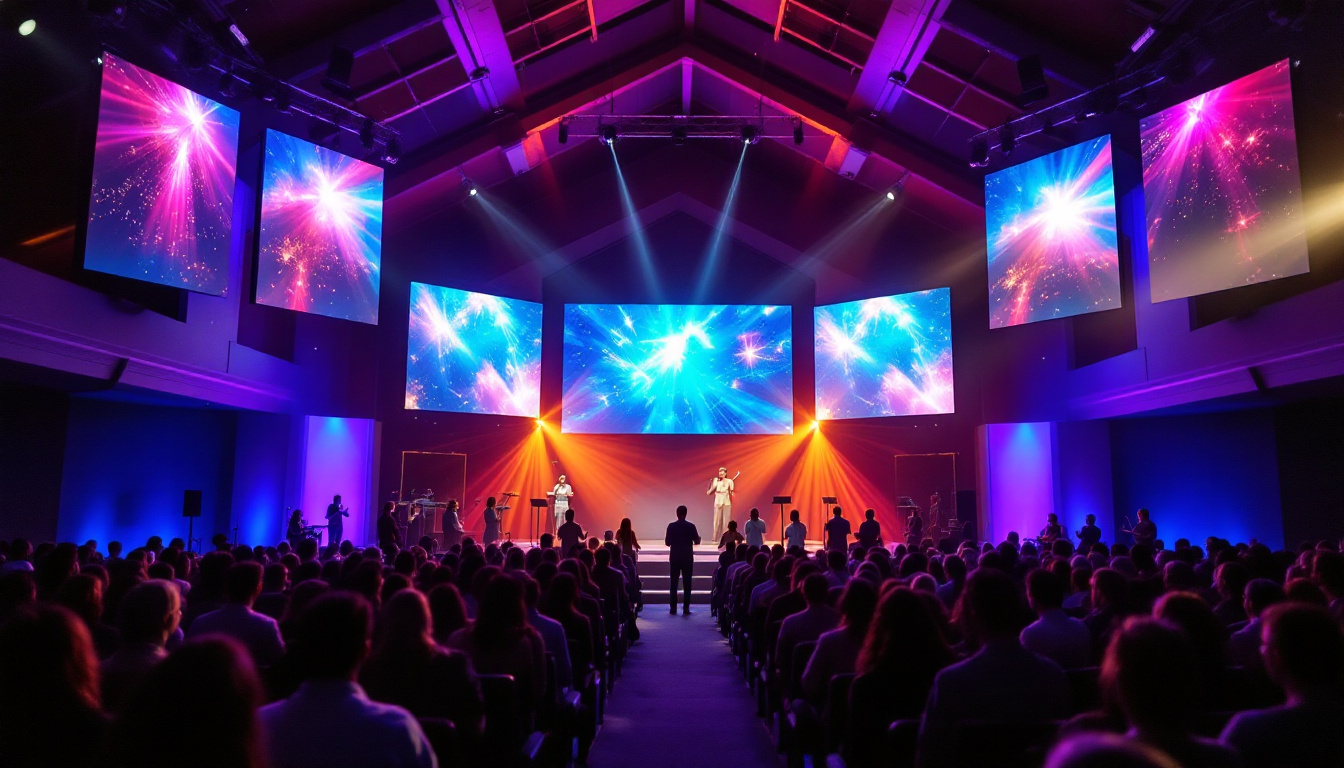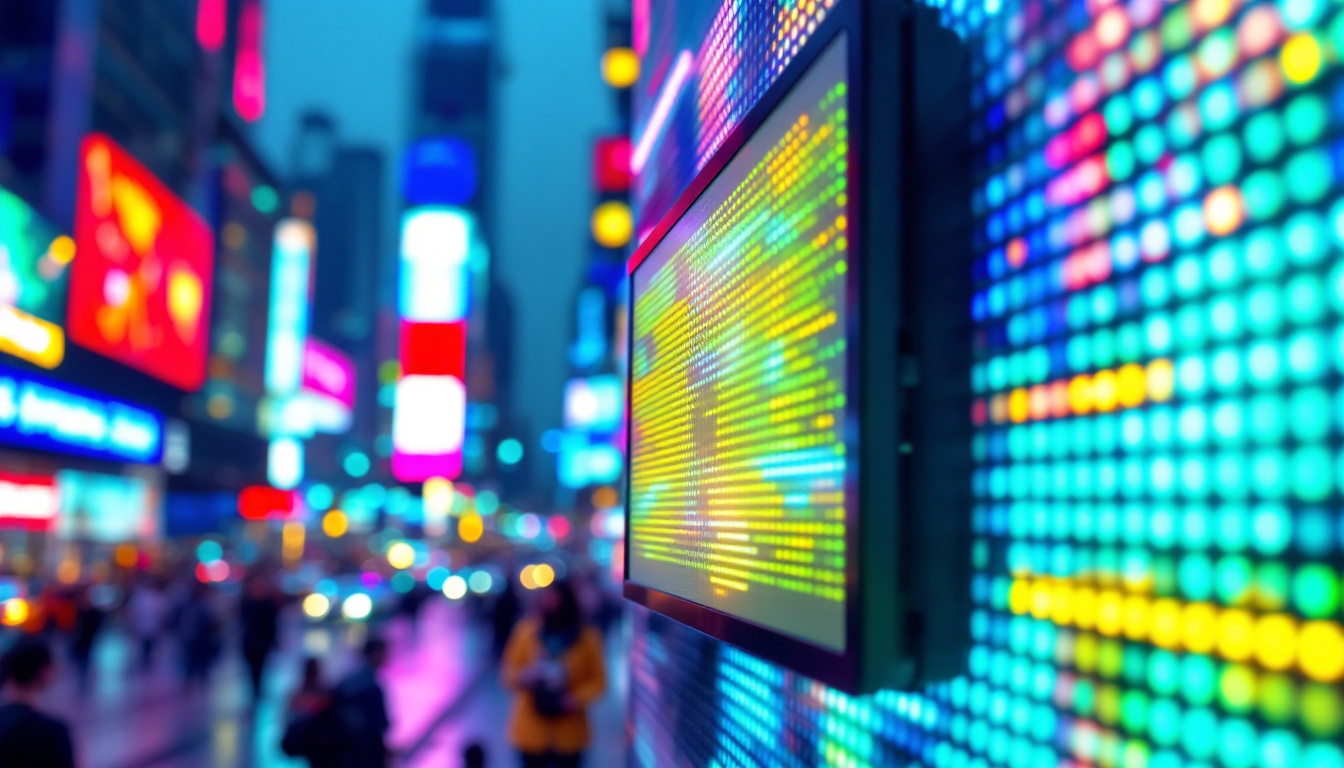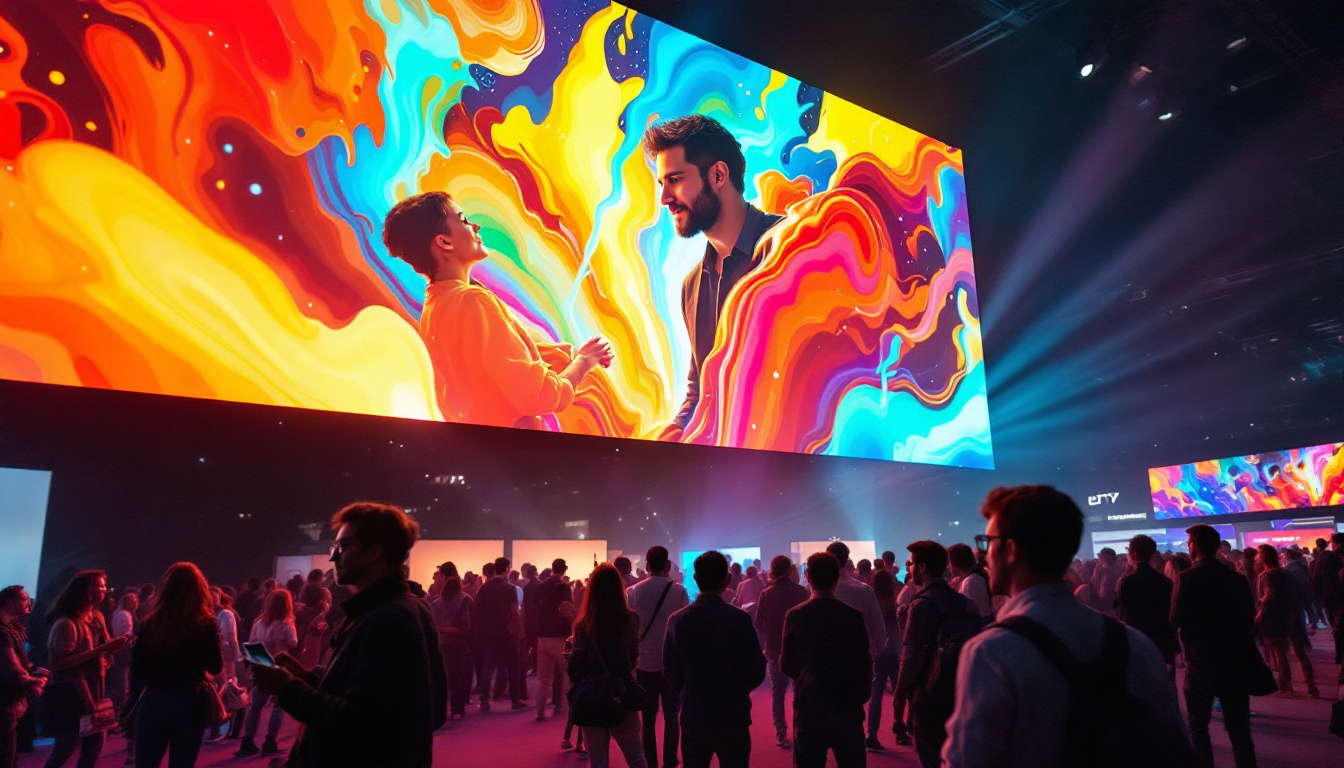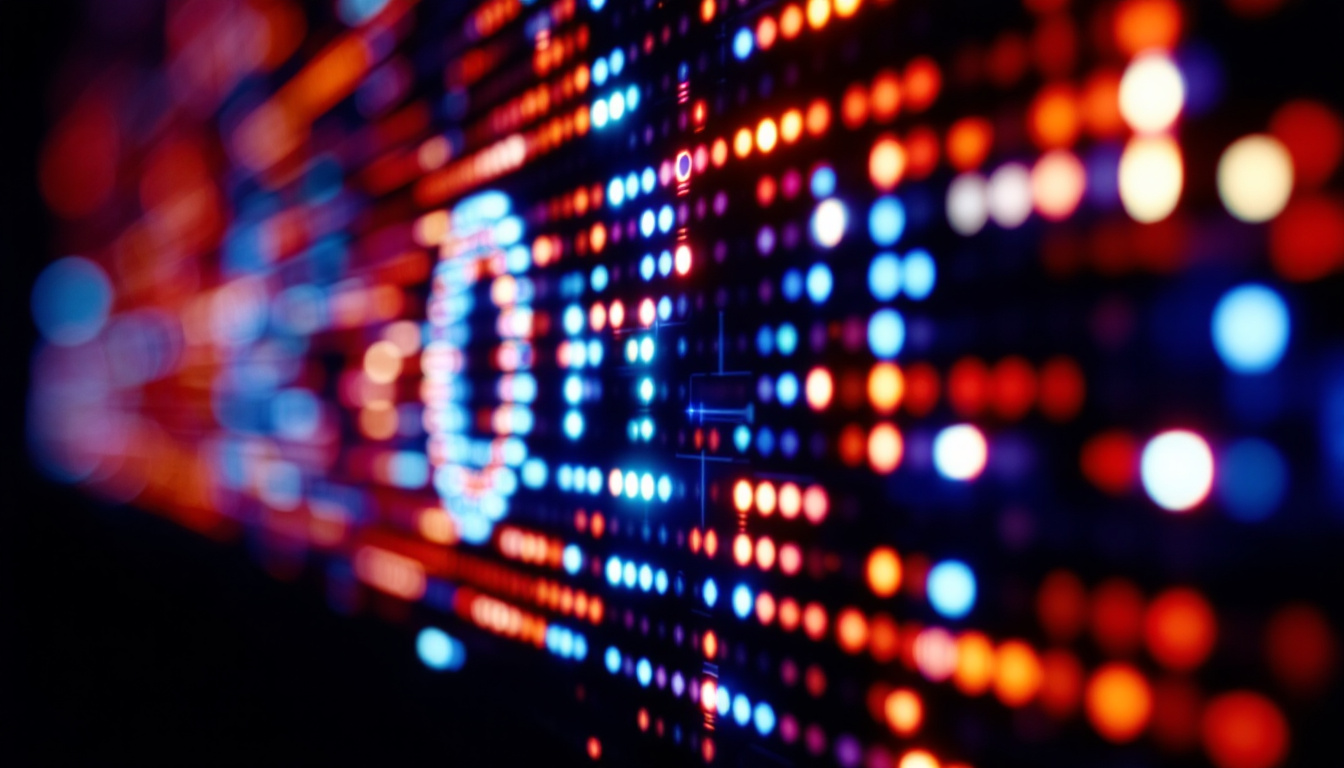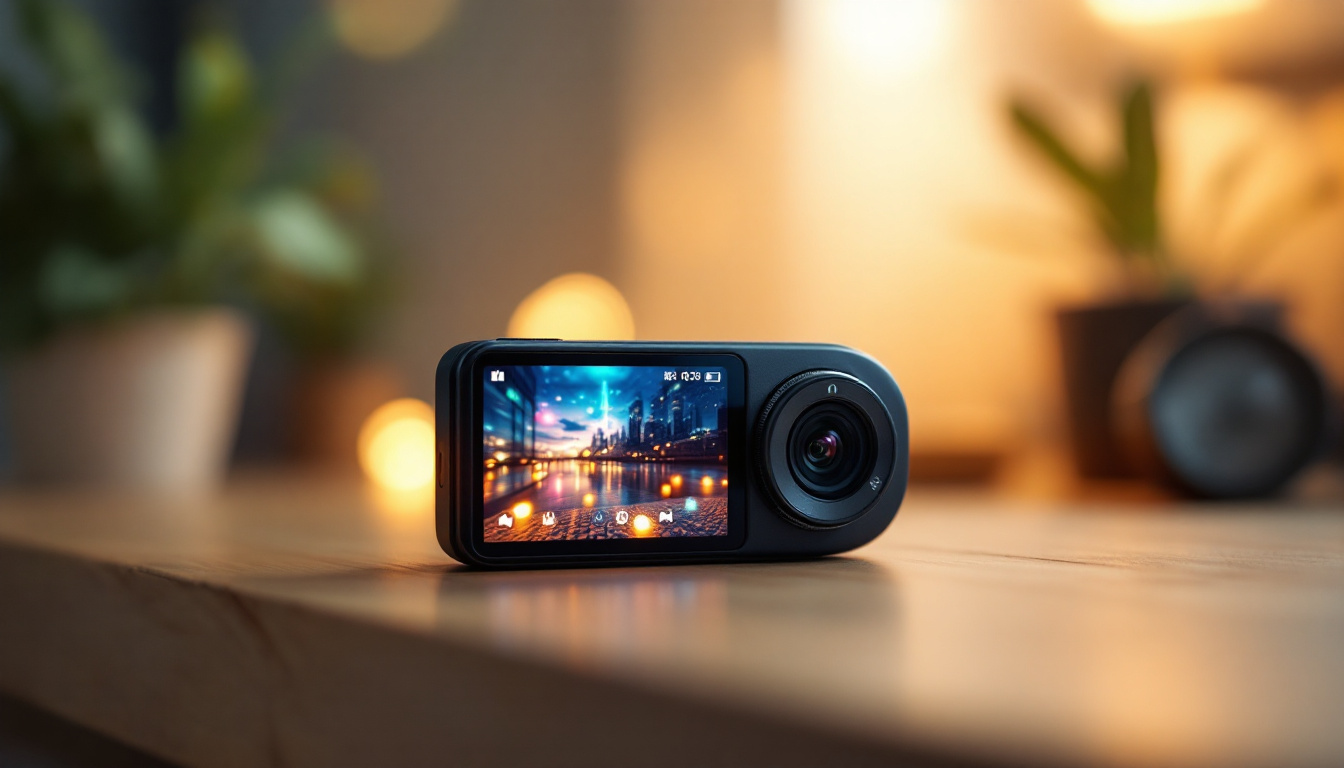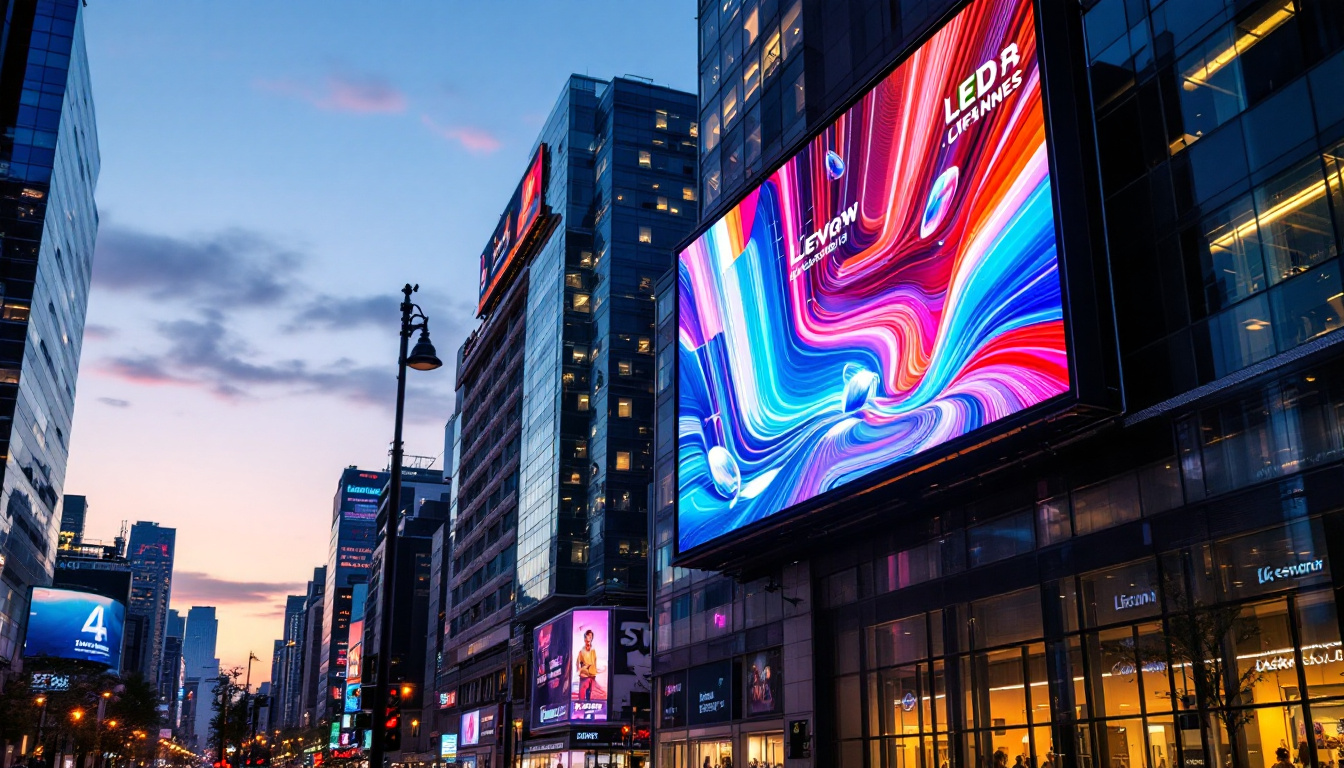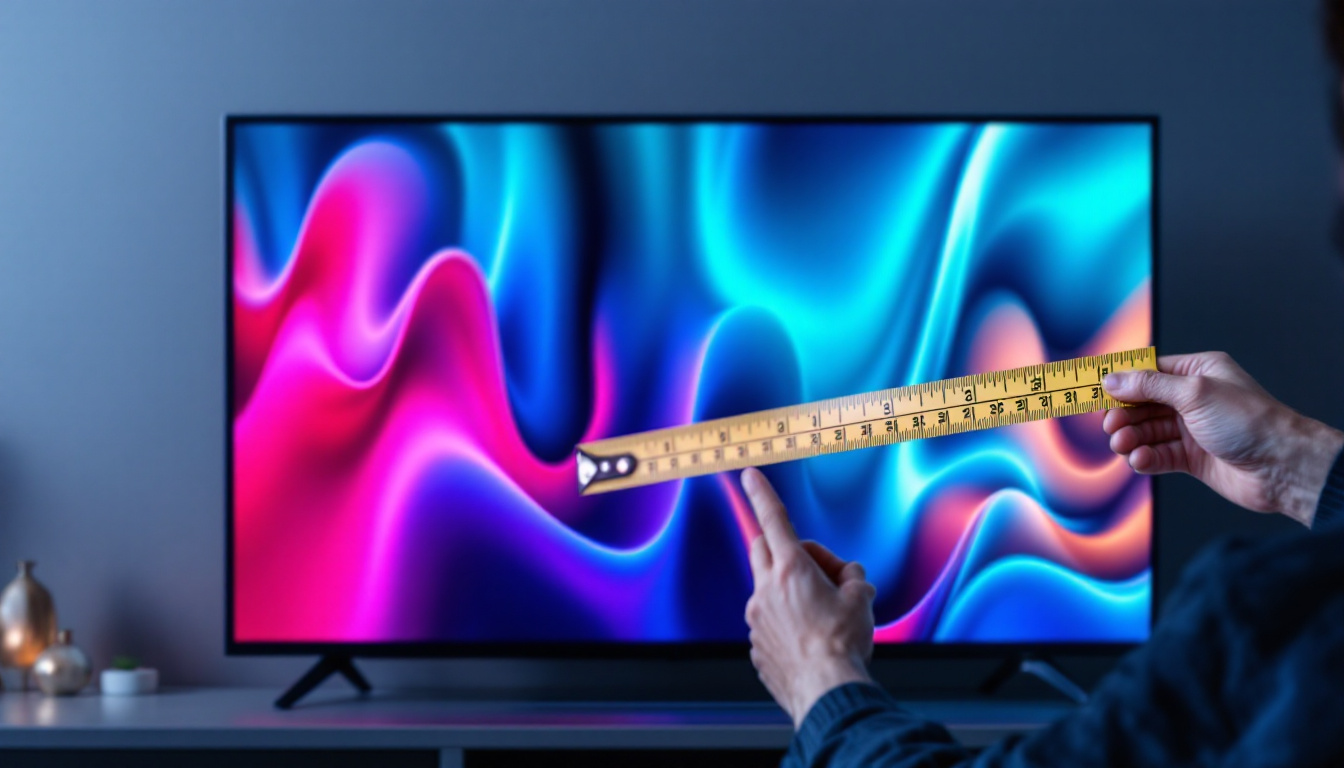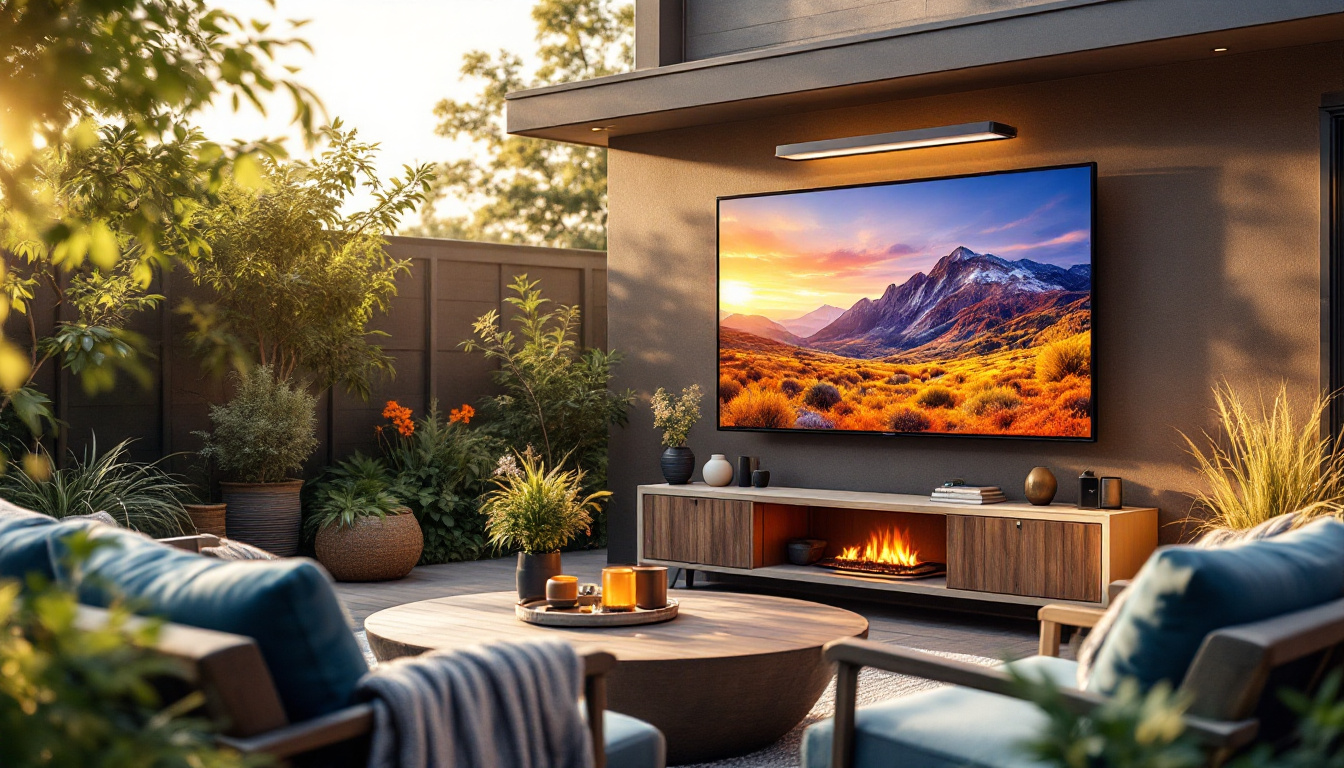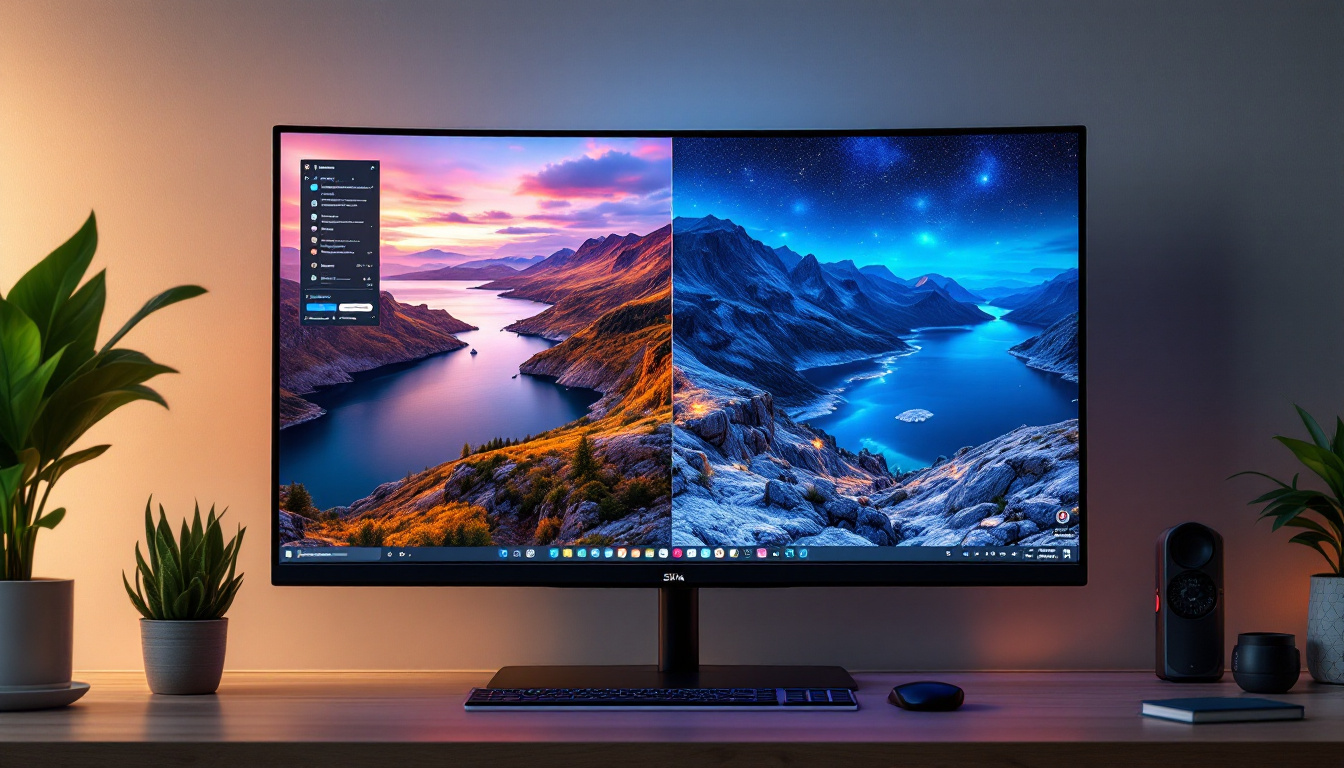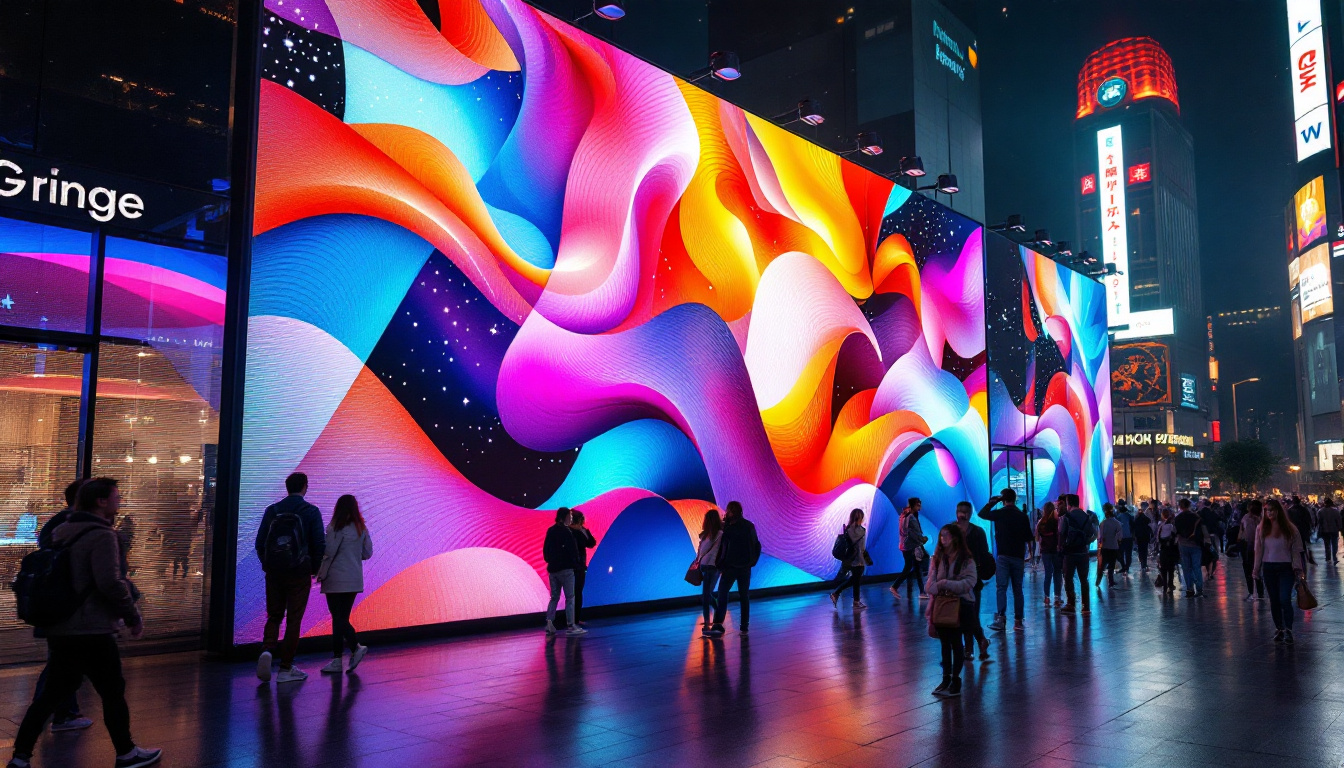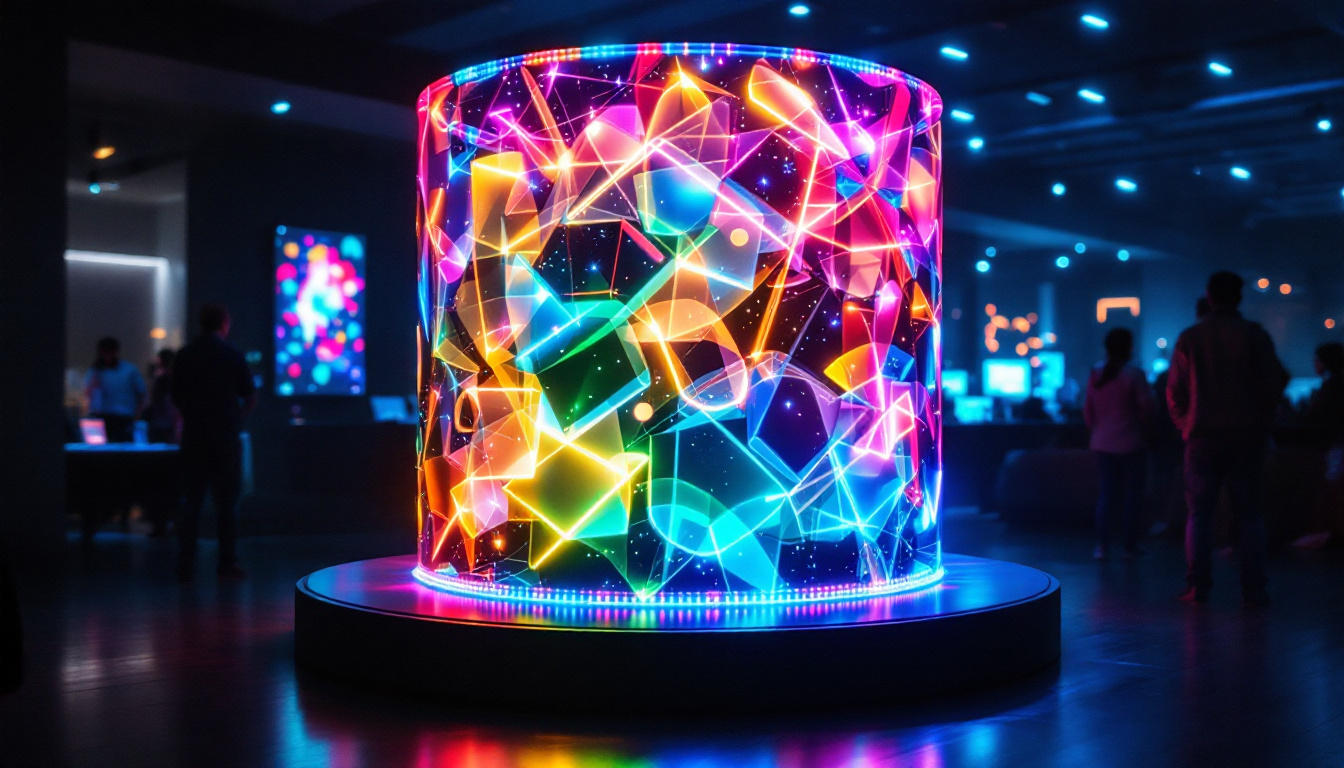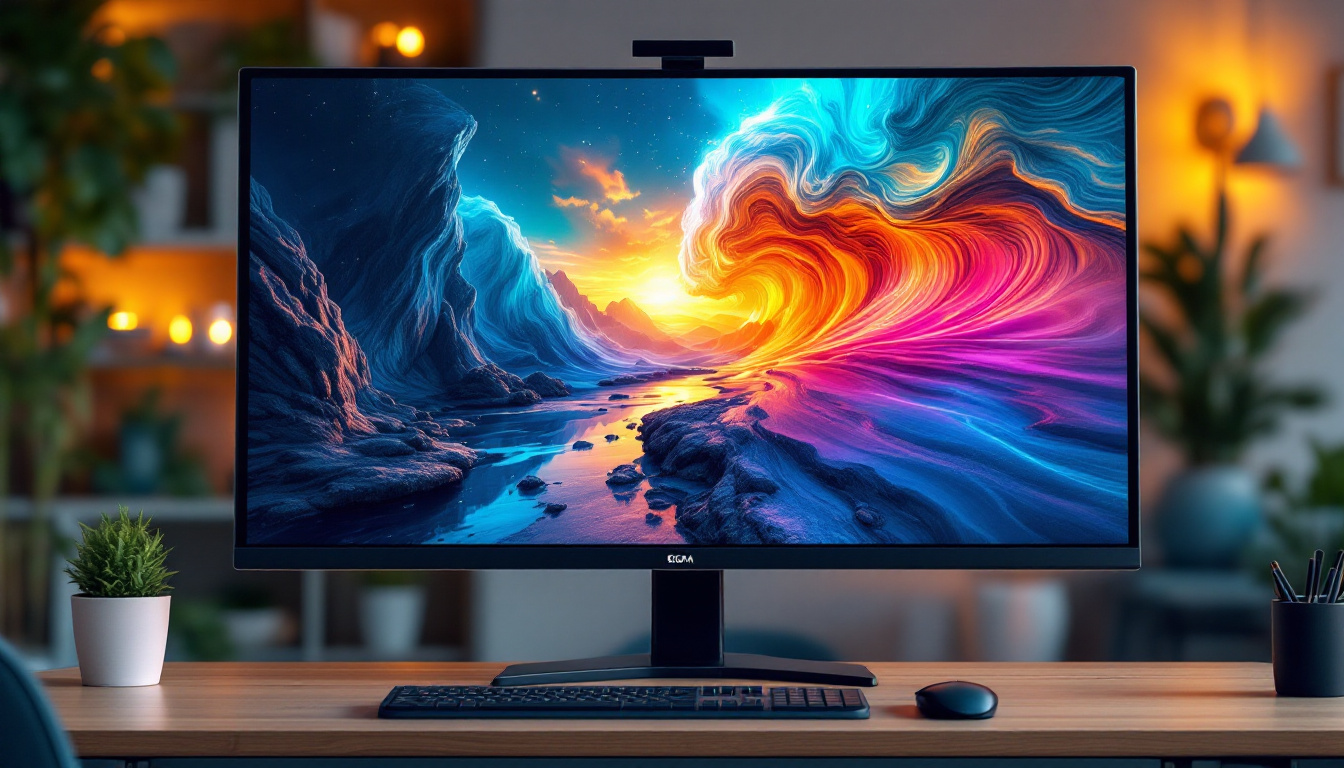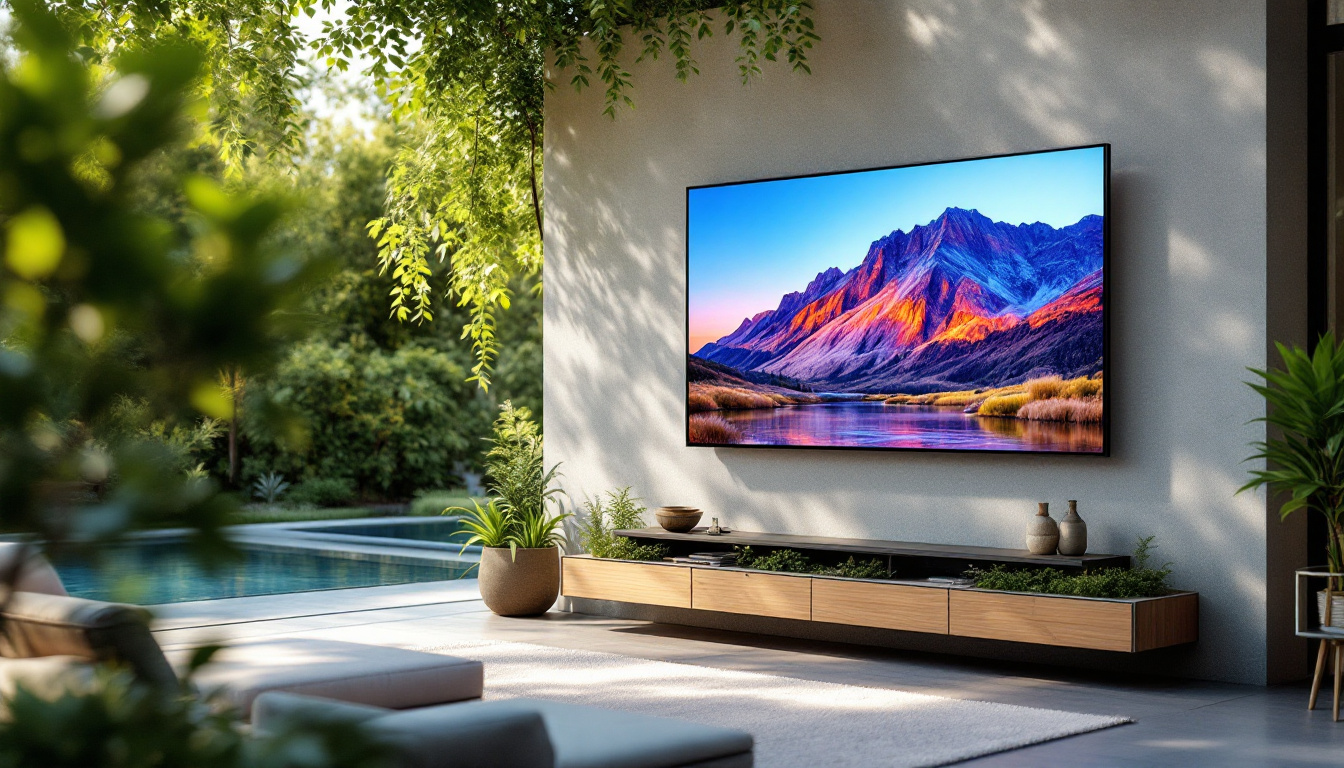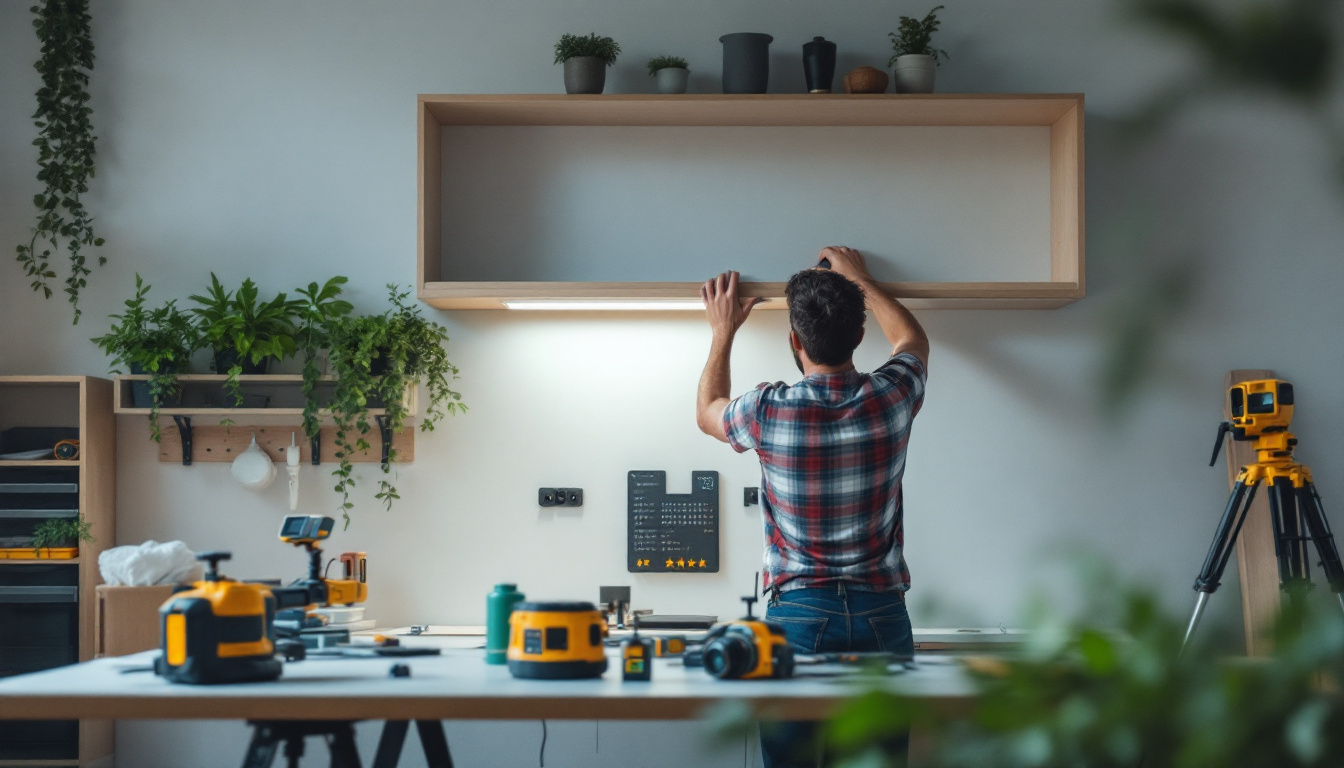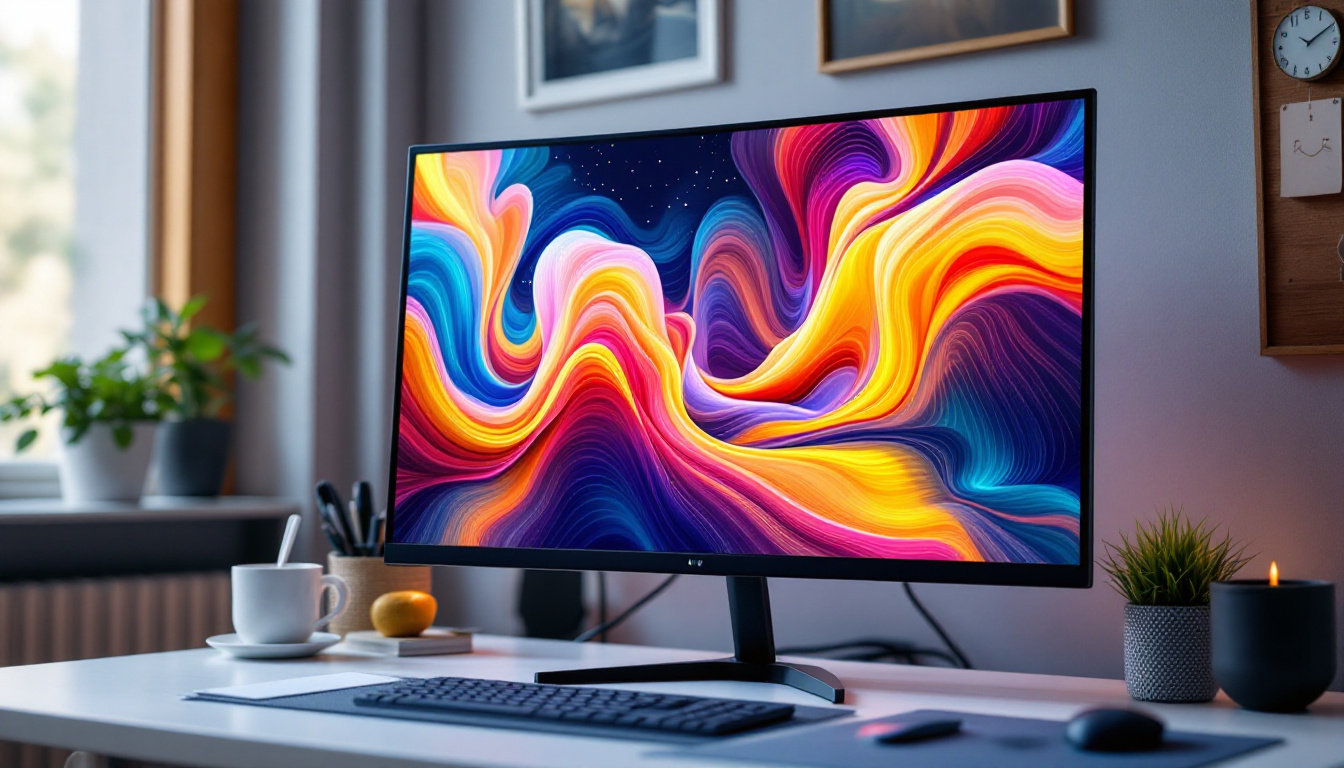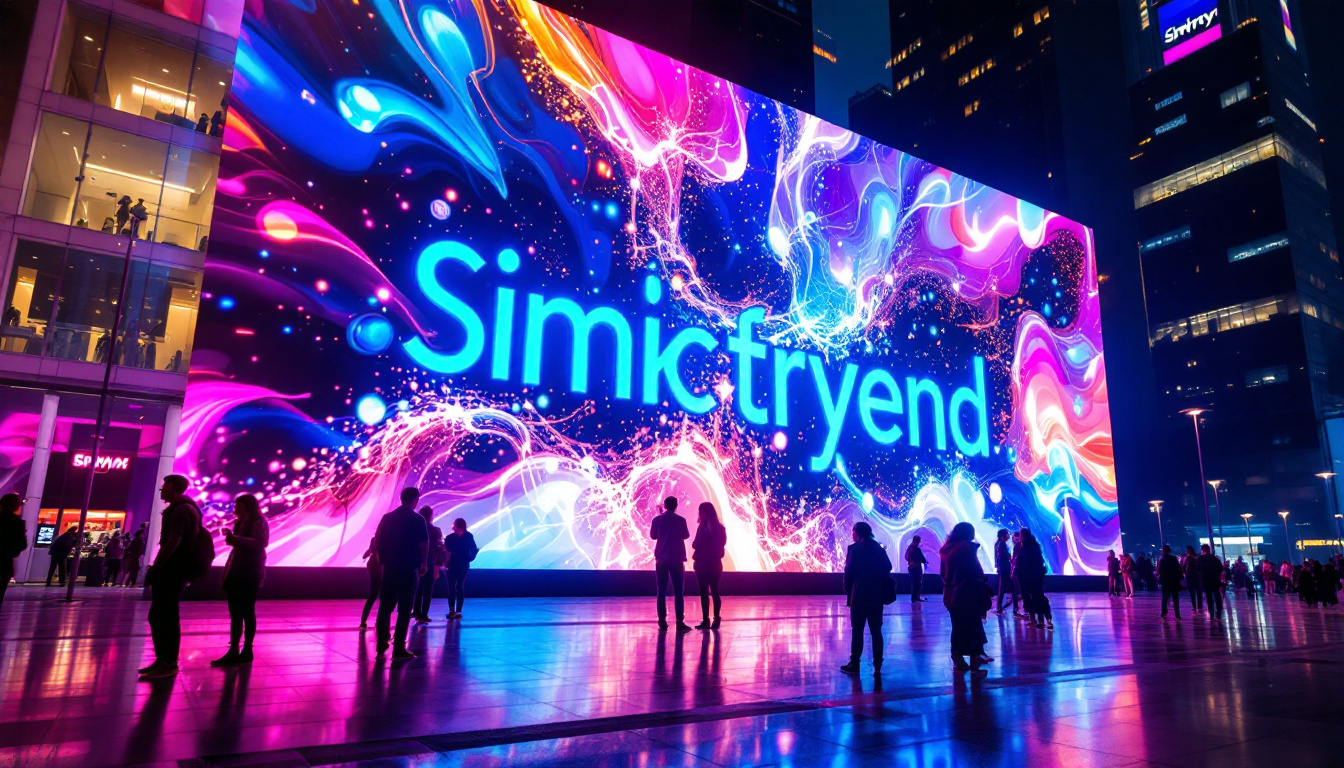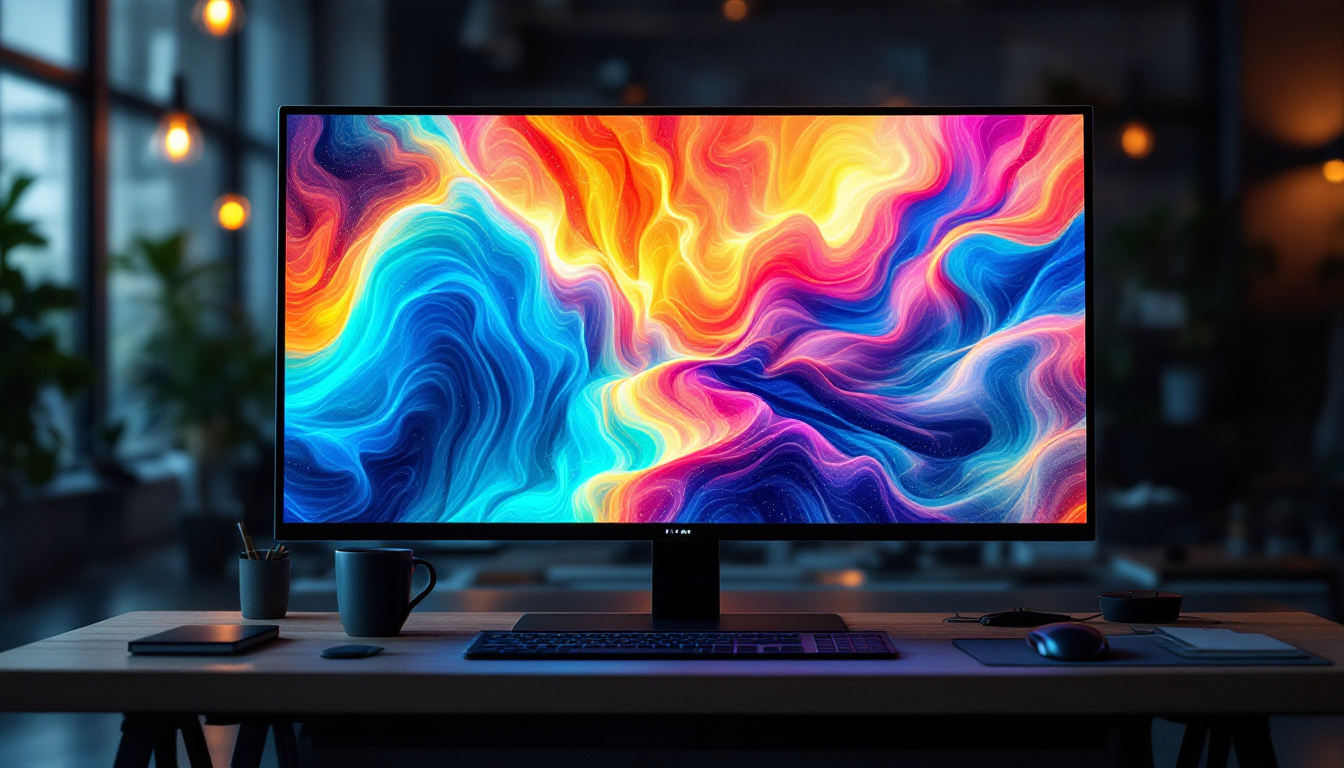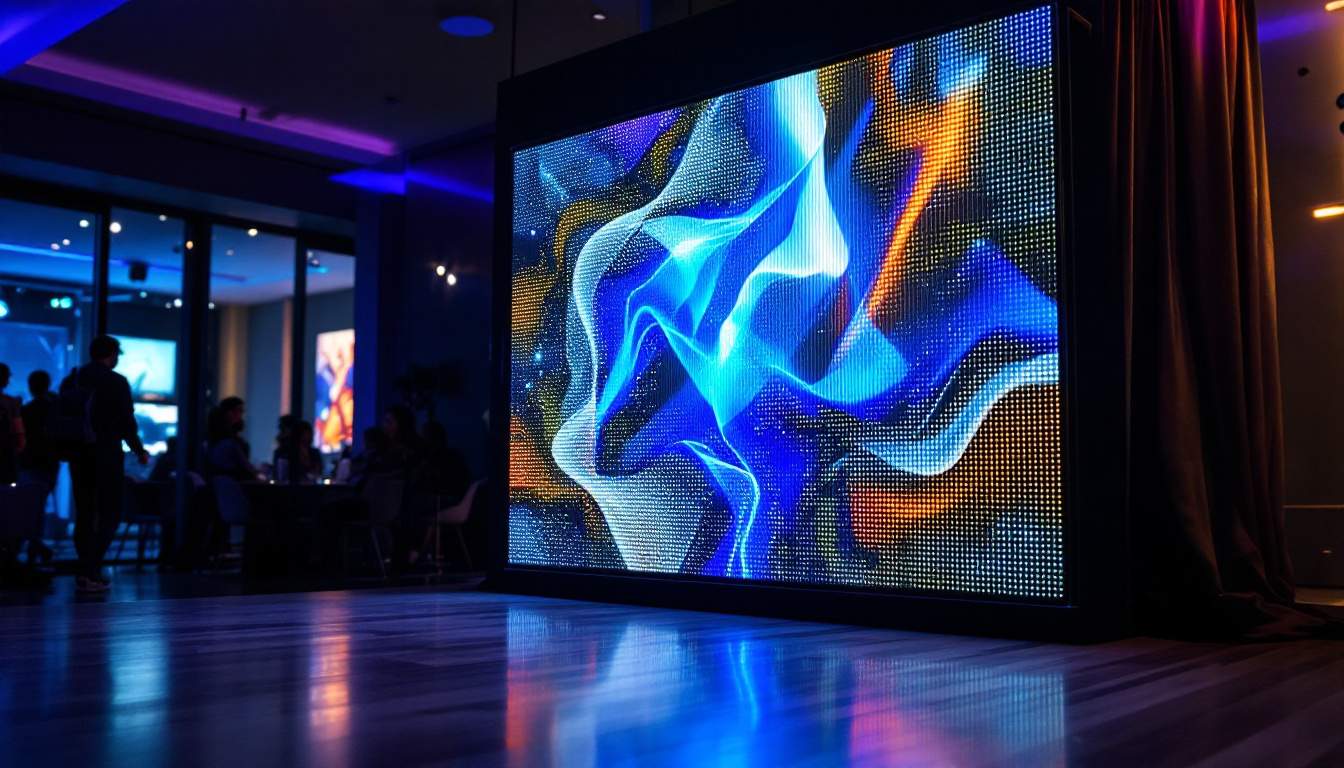In the realm of modern filmmaking and broadcasting, the integration of technology has revolutionized traditional practices. One of the most significant advancements in this area is the use of LED walls for virtual production. This innovative technology not only enhances visual storytelling but also transforms the way filmmakers approach the creation of immersive environments. This article delves into the intricacies of LED displays, their applications in virtual production, and the advantages they offer over conventional methods.
Understanding LED Walls
LED walls, or Light Emitting Diode walls, are large display screens made up of numerous individual LED modules. These modules emit light when an electric current passes through them, allowing for vibrant and dynamic visuals. The technology has evolved significantly, enabling high-resolution displays that can replicate a wide range of colors and images with remarkable clarity. As a result, LED walls have become a staple in various industries, including entertainment, advertising, and even art installations, where they serve to captivate audiences and enhance experiences.
In addition to their visual appeal, LED walls are also known for their energy efficiency compared to traditional display technologies. This efficiency not only reduces operational costs but also minimizes environmental impact, making them a more sustainable choice for large-scale displays. Furthermore, advancements in LED technology have led to improvements in brightness and contrast ratios, allowing these walls to perform exceptionally well in both indoor and outdoor settings, even under direct sunlight.
Components of LED Walls
At the core of LED wall technology are several key components that work together to produce stunning visuals. These include:
- LED Modules: The building blocks of the wall, each module contains multiple LEDs that collectively form a pixel. The arrangement and density of these modules determine the overall resolution of the display. High-density modules are essential for applications requiring close viewing, such as in theaters or concert venues, where every detail matters.
- Control Systems: These systems manage the content displayed on the LED wall. They ensure that images and videos are synchronized and rendered accurately, providing a seamless viewing experience. Advanced control systems also allow for real-time adjustments, enabling operators to modify brightness, color balance, and even content on the fly, which is particularly useful during live events.
- Mounting Structures: To support the weight and size of LED walls, robust mounting systems are necessary. These structures ensure stability and safety during production. They can be customized for different environments, whether it’s a permanent installation in a corporate lobby or a temporary setup for a festival, ensuring that the display remains secure and visually striking.
Types of LED Displays
There are various types of LED displays used in virtual production, each serving different purposes. The most common types include:
- Direct View LED: These displays are designed for close viewing distances and offer high resolution. They are ideal for indoor environments like studios. Their pixel pitch, or the distance between the centers of adjacent pixels, is typically smaller, resulting in a sharper image that is critical for detailed visuals.
- LED Video Walls: Composed of multiple panels, these walls can be scaled to any size, making them suitable for large productions and outdoor events. Their modular nature allows for flexibility in design, enabling creative configurations that can fit various spaces and themes.
- Transparent LED Displays: These innovative displays allow for light to pass through, creating a see-through effect while still delivering vibrant visuals. They are often used in creative installations, such as retail environments and art exhibits, where they can enhance the aesthetic without obstructing the view of the surroundings.
Another notable type is the Flexible LED Display, which can bend and curve to fit unconventional shapes and surfaces. This adaptability opens up new possibilities for creative expression, allowing designers to incorporate LED technology into architectural elements or unique stage designs. As the demand for immersive experiences continues to grow, the versatility of flexible LED displays is likely to play a significant role in the future of visual storytelling.
The Role of LED Walls in Virtual Production
Virtual production is a groundbreaking approach that combines live-action filming with real-time computer-generated imagery (CGI). LED walls play a pivotal role in this process, offering filmmakers unprecedented flexibility and creative possibilities.
Creating Immersive Environments
One of the primary advantages of using LED walls in virtual production is the ability to create immersive environments that respond to the actors’ movements. Unlike traditional green screens, which require extensive post-production work, LED walls allow for real-time rendering of backgrounds. This means that actors can perform in front of a dynamic backdrop that changes in real-time, enhancing the realism of the scene.
For instance, a filmmaker can shoot a scene set in a bustling cityscape while the LED wall displays a vibrant urban environment. As the camera moves, the background shifts accordingly, creating a seamless integration of live-action and digital elements. This not only saves time in post-production but also allows actors to interact more naturally with their surroundings.
Enhancing Lighting and Reflections
Another significant benefit of LED walls is their ability to influence lighting conditions on set. The emitted light from the displays can cast realistic reflections and shadows on actors and props, adding depth to the scene. This is particularly important for achieving a cohesive look between live-action and CGI elements.
For example, if a scene is set during sunset, the LED wall can simulate the warm hues of the setting sun, bathing the actors in natural light. This dynamic lighting effect enhances the overall aesthetic and helps maintain continuity throughout the production.
Advantages of LED Walls Over Traditional Methods
The shift towards LED walls in virtual production is not merely a trend; it is a response to the limitations of traditional filmmaking techniques. Here are some key advantages that LED displays offer:
Cost Efficiency
While the initial investment in LED technology may seem substantial, the long-term cost savings are significant. Traditional green screen setups often require extensive post-production work, including CGI integration and color correction. With LED walls, much of this work is done in real-time, reducing the need for costly edits later on.
Moreover, LED walls can minimize location costs. Filmmakers can create diverse environments within a controlled studio setting, eliminating the need for extensive travel and location scouting.
Time Savings
Time is of the essence in any production, and LED walls can significantly reduce shooting schedules. By eliminating the need for extensive green screen setups and the subsequent post-production work, filmmakers can focus on what truly matters: capturing compelling performances and storytelling.
Additionally, the real-time feedback provided by LED walls allows directors and cinematographers to make immediate adjustments during filming, ensuring that the final product aligns with their vision.
Challenges and Considerations
Despite the numerous benefits, the integration of LED walls into virtual production is not without its challenges. Understanding these considerations is crucial for filmmakers looking to adopt this technology.
Technical Limitations
While LED walls offer impressive visuals, they do have technical limitations. The resolution of the display must match the camera’s specifications to avoid pixelation or distortion. This requires careful planning and coordination between the production team and the technical crew.
Moreover, the brightness and color accuracy of LED walls can vary. Filmmakers must ensure that the LED displays are calibrated correctly to achieve the desired look and feel of the scene.
Space and Setup Requirements
Setting up LED walls requires ample space and specialized equipment. The walls need to be positioned at the correct distance from the camera to achieve optimal results. This can pose logistical challenges, especially in smaller studios or locations with limited space.
Additionally, the installation and calibration of LED walls demand skilled technicians who understand the intricacies of the technology. This can add to the overall production costs and timeline.
Future Trends in LED Technology
The landscape of LED technology is ever-evolving, and as virtual production continues to gain traction, several trends are emerging that could shape the future of filmmaking.
Advancements in Resolution and Color Accuracy
As technology progresses, the resolution and color accuracy of LED displays are expected to improve significantly. Higher pixel densities will allow for even more detailed visuals, making it possible to create hyper-realistic environments. This advancement will enhance the overall quality of virtual production, pushing the boundaries of what is achievable in filmmaking.
Integration with Augmented and Virtual Reality
Another exciting trend is the integration of LED walls with augmented reality (AR) and virtual reality (VR) technologies. As these technologies become more mainstream, filmmakers will have the opportunity to create truly immersive experiences that blur the lines between reality and fiction.
For instance, combining LED walls with AR could allow actors to interact with digital elements in real-time, creating a more engaging experience for both the performers and the audience. This could redefine storytelling and open up new avenues for creative expression.
Conclusion
LED walls have emerged as a transformative force in the world of virtual production, offering filmmakers unprecedented opportunities to create immersive and visually stunning environments. By understanding the technology, its applications, and the advantages it provides, filmmakers can harness the full potential of LED displays to enhance their storytelling capabilities.
While challenges exist, the benefits of LED walls far outweigh the drawbacks, making them a valuable asset in modern filmmaking. As technology continues to advance, the future of virtual production looks promising, with LED walls at the forefront of this evolution. Embracing this technology not only streamlines the production process but also elevates the art of filmmaking to new heights.
Discover the Future of Visual Storytelling with LumenMatrix
Ready to elevate your production with the cutting-edge technology of LED displays? LumenMatrix is at the forefront of LED innovation, offering a wide array of solutions tailored to your creative needs. From Indoor and Outdoor LED Wall Displays to immersive Transparent and Custom LED Displays, our products are designed to captivate your audience and bring your vision to life with unparalleled clarity and impact. Don’t just take our word for it; check out LumenMatrix LED Display Solutions and see how we can transform your visual storytelling into an unforgettable experience.

